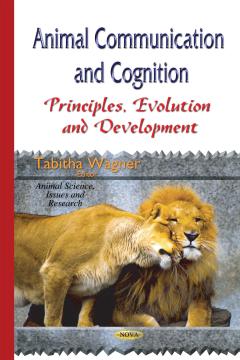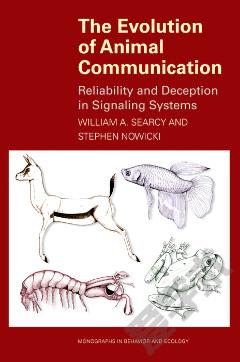Animal Communication and Cognition: Principles, Evolution and Development
Visual signals that are designed for effective communication are complex. Over the years, researchers interested in the study of animal communication have employed various artificial stimuli during behavioral experiments to precisely control what the observers get to see or experience. These diverse techniques to stage animal interactions have offered an alternative to the traditional experimental methods relying on the use of live companions or demonstrators. This book begins with a discussion on computer-animated stimuli to investigate visual communication in lizards. It then discusses the pretend play in signing chimpanzees; the evolution of TRP channels as mediators of pheromone signaling; and the role of cuticular hydrocarbon-based chemical communication in prezygotic reproductive isolation.
{{comment.content}}








 京公网安备 11010802027623号
京公网安备 11010802027623号